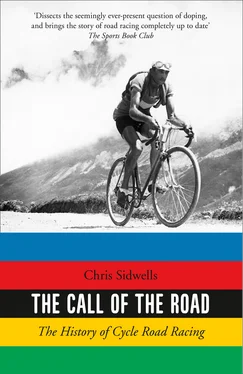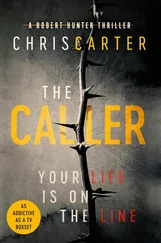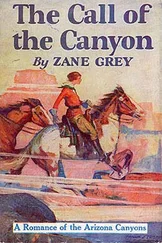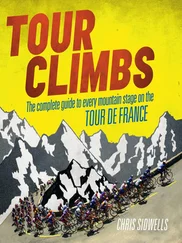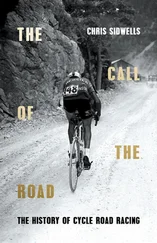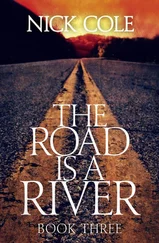The leader knows now; he punches the air, still low over his bike, still absolutely on it. Pushing as hard as he can, determined to gain every precious second he can. Attacks like this cannot be mounted every day, so he has to make it count.
At last the stage is his, and depending on how much his attack has gained, the Tour de France might be too. Across the line, under the banner; a salute, two hands off the handlebars, but only briefly – he’s given too much for joy to sustain him any longer. He falls into the arms of a team helper, a carer who has waited with colleagues from other teams, all looking for their man. They are the confessors of cycling, the first person a rider sees after a race, the person to whom they confide their unmitigated joy, or their disappointment, before they tone either down and put on a different face for the press and other team personnel.
That’s road racing at its highest level: a sensory feast; a battle, raw and beautiful. It can even be noble at times, but it’s always intensely human. This book tells its story, good and bad, from the first ever road race to road racing today, and seeks to explain its language and the way it works.
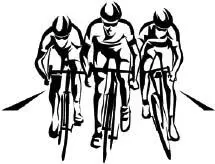
There’s debate about when the first ever bike race was held. Many quote a race in Parc St Cloud, Paris, on 31 May 1868. It was won by an Englishman, James Moore, but it was part of a series of races in the same park on the same day. The names of the other winners were lost, and only Moore’s survived.
It’s possible that other races pre-date the St Cloud meeting, although it can’t have been by much. The first bike with pedals – the act of pedalling is what I think defines cycling – was made in 1864, and the first patent for a pedal-powered bicycle given in 1866. So there wasn’t much time between those dates and the Parc St Cloud races.
But because they were held on a 2-kilometre lap of prepared cinder paths inside the park, not on the open road, they weren’t the first ever road races. The first proper road race of which there is a record happened in November 1869. It went from Paris to Rouen on normal roads. But since James Moore also won that race, he is the father of road racing.
There are stories of races on the public roads of Europe in the spring and summer of 1869, but they weren’t very long and only attracted local riders. For example, the writer and researcher Rosemary Southey discovered an account of a short bicycle race on the roads of what was then the English county of Cumberland, now part of Cumbria, in May 1869.
‘The race is recorded on the 21 May 1869 issue of the Carlisle Patriot newspaper,’ Southey says. ‘Under the title “Grand Picnic and Sports at Keswick: A Velocipede Race”.’ The report continues: ‘Perhaps the greatest novelty of the day was the bicycle race. The course was along the Lake-road to Portinscale and back. The winner took the lead at a rattling pace, was never headed, and came in victorious by a great distance. Much merriment was created as the defeated competitors returned through the streets, many of them not riding their “iron horses” but, puffing and flushed, one foot propelling them along to the point from which they had started. The greatest good humour, however, prevailed, as was evidenced by one of the disappointed, struggling at the tail of his “steed,” replying to the badinage with which he was assailed, “Well, never mind, there’s three more behind.”’
‘The results read “Velocipede Race: 1 Mr Irving, Carlisle. 2. Mr G Graham, Carlisle. 3. Mr Stalker, Carlisle.” The Keswick event is the earliest I can find on the road in Cumberland, but there were others in the same year on the path,’ Southey says. ‘The path’ was a 19th century term for a cycle track – like running tracks – surfaced with cinders or red shale.
Southey continues, ‘Cycling seems to have taken off in the county very early on, though of course there were plenty of sceptics, and disapproving magistrates and horse owners. I have records of cycling clubs in around a dozen places. Carlisle for instance had three clubs in the 1890s.’
The first mass-produced bikes were called ‘boneshakers’ in Britain and vélocipèdes in France. They were made from wrought iron, had wooden wheels with iron bands around their circumference to reduce wear, and one rudimentary brake. The pedals were attached to the front wheel, so these early bikes were direct drive; one revolution of the pedals meant one revolution of the wheel. And because wheels with greater circumference cover more ground per pedal revolution, the front wheels of early bikes were slightly bigger than the rear.
A Paris blacksmith and coach builder called Pierre Michaux was the man who put pedals on a two-wheeled running machine of the type that had become very popular in Germany, France and Britain. Or it may have been his son, Ernest. Again, there are conflicting accounts. But by creating the first pedal cycle, Pierre and/or Ernest Michaux made France the birthplace of cycling. By 1869 there were around sixty bicycle manufacturers in Paris, and about fifteen in the provinces. But the possibilities of this new invention were quickly being discovered on both sides of the English Channel.
The first newspaper dedicated to cycling was also born in 1869 in France. It was called Le Vélocipède Illustré , and although there had been news sheets about bikes before, Le Vélocipède Illustré was professionally produced, lavishly illustrated and lavishly written. This is what the editor, Richard Lesclide, also known by his pen name of Le Grand Jacques, wrote at the beginning of the first issue, which was published on 1 April 1869:
The Vélocipède is rapidly entering our lives, and that is the only justification we need for starting this new magazine. And yet never has the famous phrase: ‘People began to feel the need for a special organ devoted to a fashionable conveyance’ been so appropriate.
Indeed the Vélocipède is gaining ground at amazing speed, spreading from France to the rest of Europe, from Europe to Asia and Africa. Not to mention America, which has outstripped us and now has the advantage of us in the race for further improvements.
The Vélocipède is not a mere flash in the pan, here today and gone tomorrow. As you can see from the fact that, as it obtains a footing in the fashionable world, the government and the major public services are using it for special duties. It has now won complete acceptance in France, and we are founding a magazine under its patronage in order to bring together, in the same fellowship, its adherents and believers.
His piece set the timbre of cycling journalism, or at least French cycling journalism, for the next 100 years. A few months after Lesclide wrote those words, the long association between the cycling press and race promotion began when Le Vélocipède Illustré organised the Paris to Rouen race. Or Paris–Rouen, following the accepted protocol that the ‘to’ in the names of place-to-place road races is always replaced by a dash.
It was 7 November 1869, and Paris–Rouen set a pattern of place-to-place road races that was copied and developed over the years as the template for some of cycling’s biggest races. Thirty-one men and one woman gathered at 7.15 a.m. outside Le Pré Catalan, on the Route de Suresnes in the Bois de Boulogne for the first Paris–Rouen. Le Pré Catalan is now a restaurant with three Michelin stars, but was then an exhibition centre where a cycle show had been held for five days preceding the race.
Читать дальше
